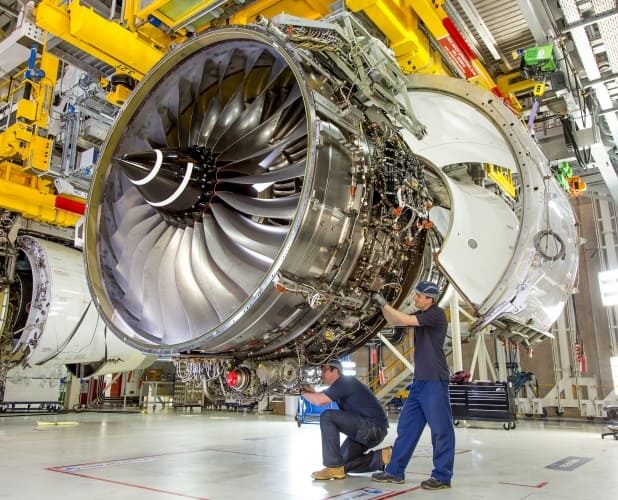Greener aerospace takes flight with advanced servicing technologies
A new project led by Rolls-Royce aims to create new servicing technologies which will lessen the industry’s environmental impact and reduce disruption for airlines.
servicing technologies
Trent XWB (Image: Rolls-Royce)
With support from the ATI Programme, engineers plan to work on 20 technologies with a focus on repairing components rather than scrapping them. These include ‘snake robots’ which travel inside jet engines to access complex parts, and engine sensors which send in-flight data to allow for better prediction of when engines need maintenance.
Minimising jet engine downtime with remote boreblending
Rolls-Royce robots promise maintenance revolution
Engineers at project partner Roke will lead on the development of smart algorithms that use data from engine installed inspection sensors to analyse and provide rapid in-service diagnostics. Key benefits will include increased availability of aircraft and reduced through-life expense.
In addition to being used on existing engines such as the Trent XWB, the new servicing technologies will also be used to explore the maintenance and repair of aerospace materials and components for future low-carbon engines, including electric technology. It is hoped that they will help avoid substantial amounts of CO2 every year, reducing the movement of people and parts by using more digital inspection techniques and key-hole surgery for engines.
Dr Ian Mitchell, chief of technology for Repair and Services at Rolls-Royce, said: “Our latest engines are quieter and cleaner than ever before, substantially reducing CO2 emissions. This programme will take that one step further by improving how we service our engines, creating technologies which will reduce waste, avoid emissions and minimise disruption, while laying the foundations to service the gas turbine and hybrid-electric engines of the future.”
Rolls-Royce claim that several other industries will also benefit from their new technologies: for example, miniature chemical analysis tools can be used in nuclear power generation, while high-tech cameras and algorithms could help to identify damage on components in sectors such as security and off-shore wind turbines.
Mark Scully, head of technology for Advanced Systems & Propulsion, ATI, commented: “Through-life services are a critical aspect of ensuring propulsion systems continue to perform efficiently and with minimum impact on the environment. The ATI welcomes this project to the ATI Programme portfolio and are pleased to see a wealth of expertise from the supply chain and academia supporting this important development.”
Work has begun on the project (known as REINSTATE) in Derby, UK, and will continue for over three years.
Source: The Engineer

